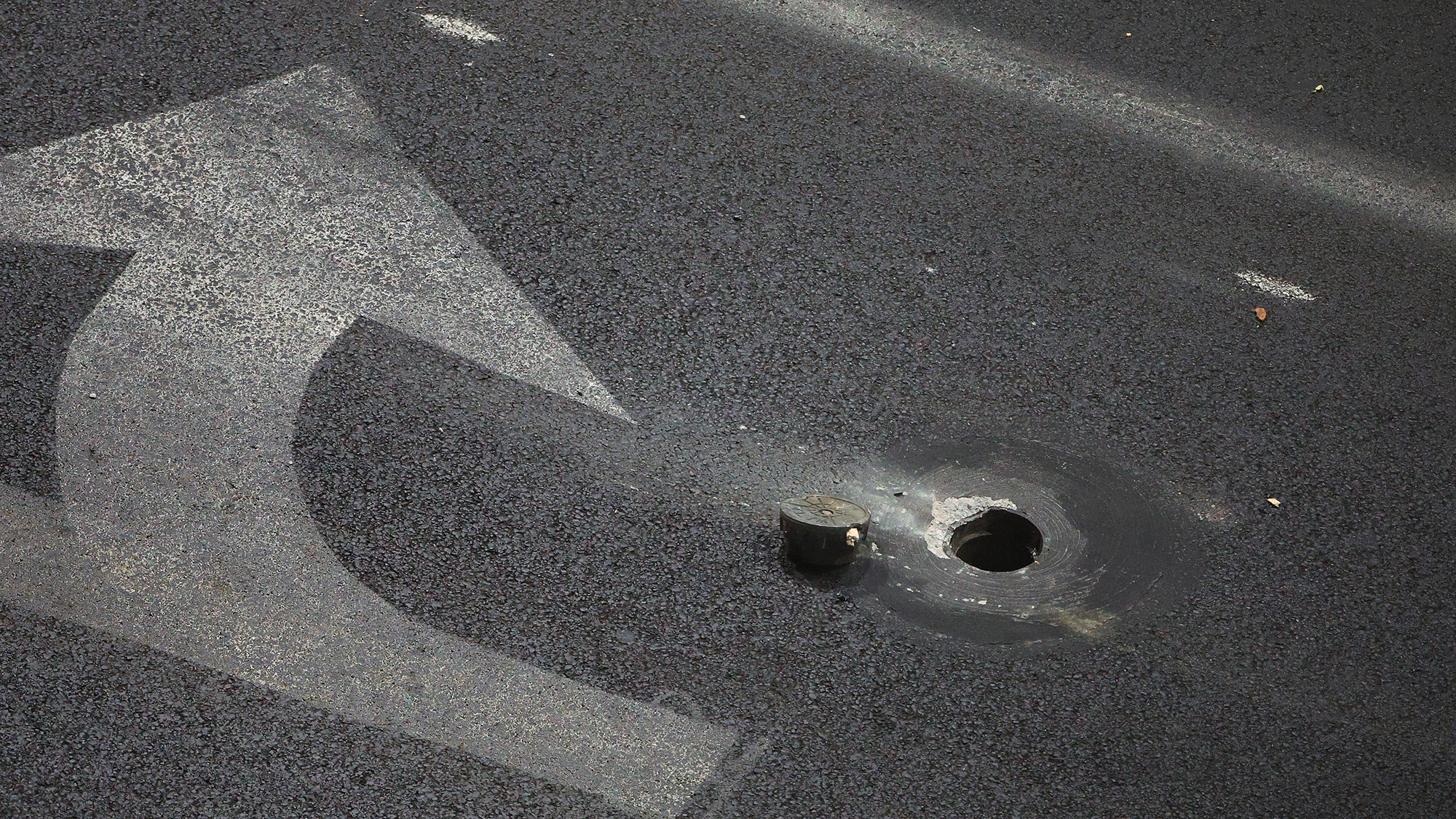

A litany of issues has plagued Formula One’s highly anticipated (and derided) Las Vegas Grand Prix race for months, but the event’s most recent issues are perhaps its most ridiculous yet—the cars on-average 212 mph speeds are too fast for the Vegas Strip.

F1 racers can’t bolt down any standard roadway—they require specialized, carefully laid pavement. America’s other two F1 venues in Austin, Texas, and Miami, Florida, were both built specifically for the high-speed races, but the Las Vegas Grand Prix circuit presents a wholly different challenge, as it is located within the city itself. To prepare for this weekend’s competition, workers first removed the route’s top 5-to-10 inches of asphalt before replacing it with 60,000 tons of a base layer followed by another 43,000 tons of intermediate and top layer pavement.
Speaking to The Washington Post on Thursday, Las Vegas Convention and Visitors Authority chief executive Steve Hill estimated the new circuit pavement would last 6-10 years, and only need piecemeal maintenance without requiring extensive road closures.
But according to event organizers on November 16, F1 drivers’ first, late evening practice run barely lasted eight minutes before abruptly being forced to end. Near the track’s final corner, racer Carlos Sainz suddenly stopped, reporting apparent damage to his Ferrari’s flooring. A quick investigation of the track revealed that the race car’s speed and accompanying force put too much stress on a drain cover’s concrete framing, causing it to protrude and significantly damage the Ferrari’s chassis—the main frame to which its engine and suspension are attached. If that weren’t enough, racer Esteban Ocon’s car received a similar blow from the dislodged debris shortly after Sainz.
[Related: How the Formula races plan to power their cars with more sustainable fuel.]
This isn’t the first time grates proved to be an F1 car’s Achilles heel—another vehicle suffered a similar fate at a practice during the 2019 Azerbaijan Grand Prix. In that instance, however, F1 organizers welded shut the track’s coverings—a solution unavailable to last night’s crew members since it’s illegal to do so under Nevada law. Instead, repairers raced (so to speak) down the Las Vegas track, applying quick-setting concrete to the remaining 20-to-30 coverings.
It was 2:30am local time before racers could return for a second practice run. By this point, they raced past attendee stands devoid of any fans. Labor laws prevented security workers from continuing to staff the event. Those who attempted to stick it out to see the racers return were forced to leave for the night around 1:3gett0am. The competitors completed their trial runs without further incident.
Both drivers and their team members haven’t minced words since the evening’s debacle. Belgian and Dutch racer Max Verstappen described the Vegas Grand Prix as “99 percent show and 1 percent sport,” while Ferrari boss Fred Vasseur called the incident “unacceptable.”
“The situation is we damaged completely the monocoque, the engine, the batteries. I’m not sure this is the topic for me today,” Vasseur told reporters at the time. “We had a very tough [first practice], it cost us a fortune, we fucked up the session for Carlos.”
Mercedes chief Toto Wolff, however, defended the race and described the issue as a “black eye,” but nothing else. “This is nothing… they’re going to seal the drain covers and nobody’s going to talk about that tomorrow morning anymore,” Wolff continued.
